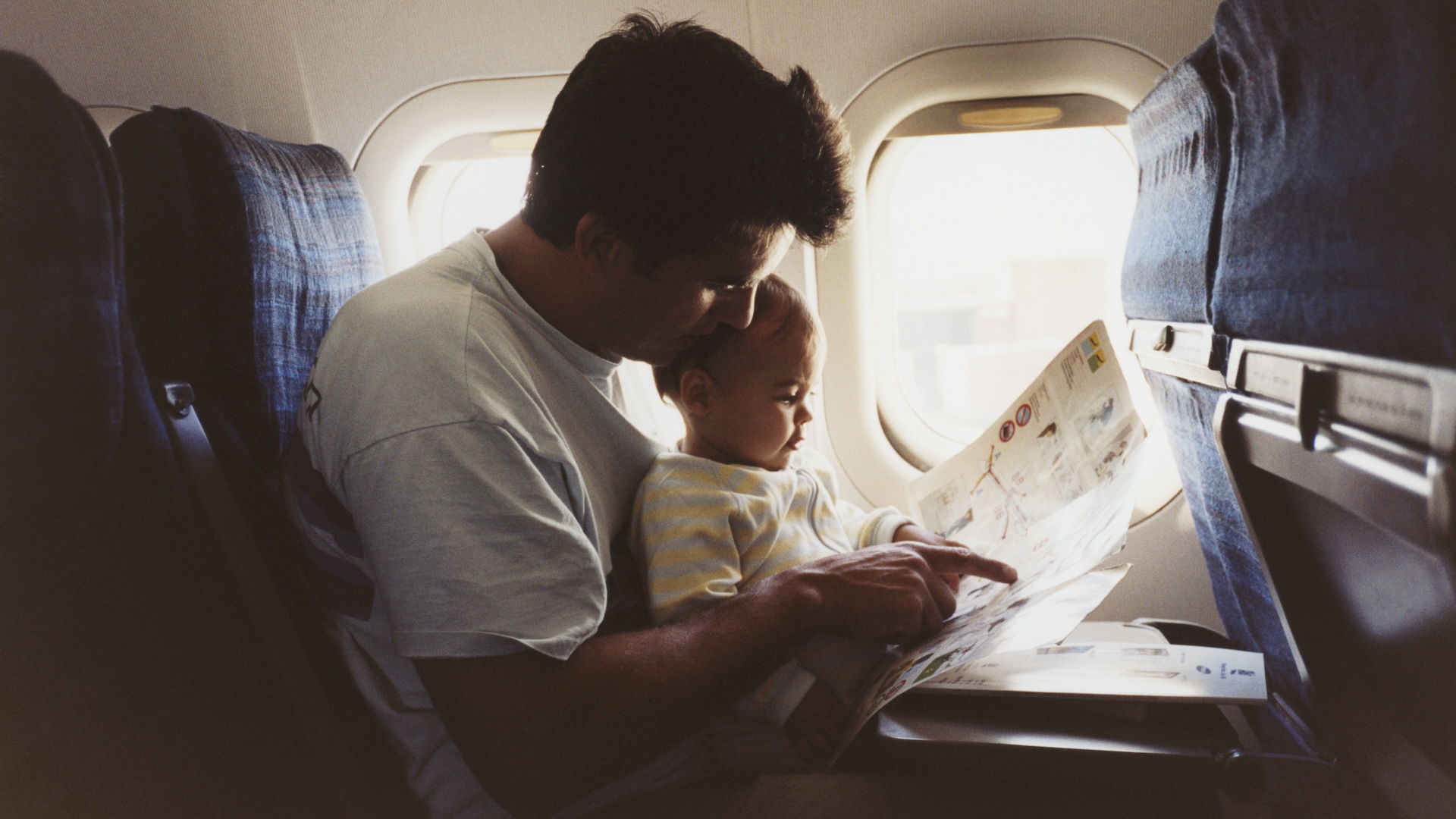
As news stories show planes flipping, making emergency landings, or hitting unexpected obstacles, many may feel uneasy about flying. A question that might arise is, which seat is the safest on a plane?
It’s essential to understand that air travel is one of the most secure forms of transportation. “The chance of a fatal accident is significantly lower than that of driving,” explains Cheng-Lung Wu, an associate professor at the University of New South Wales’ School of Aviation in Australia. In the U.S., the likelihood of dying in a commercial flight is approximately 1 in 13.7 million per flight, based on a study in the Journal of Air Transport Management from 2024. Furthermore, around 94% of passenger plane accidents result in a 100% survival rate, according to data from the National Transportation Safety Board covering 2001 to 2017.
Despite this, there hasn’t been any substantive scientific research into which airplane seats are the safest, according to Wu. However, analyzing previous accidents and understanding aircraft design can help discern which seats might offer better safety in an emergency.
“The dynamics of the crash play a significant role,” says Daniel Kwasi Adjekum, an aviation safety expert at the University of North Dakota. Certainly, if the aircraft is totally destroyed, then survival is unlikely regardless of your seat location.
However, in scenarios where a crash occurs at a lower energy level and a shallow angle—such as when the plane goes off the runway while landing—your seat choice can make a difference. “In these cases, where you are seated becomes crucial for structural survival,” Adjekum notes.
In such incidents, the aircraft may split into pieces on impact, with most of the force directed toward the front. Hence, sitting toward the rear of the plane would likely be safer. A 2015 analysis by Time magazine of Federal Aviation Administration data found that the back third of the plane has the lowest fatality rates.
Related: Is it possible for a commercial airplane to do a barrel roll?
Wu also points out that seats by or near the wings might provide additional safety. This section of the aircraft is reinforced, enabling it to endure greater forces, and these seats are near the emergency exits for quicker evacuations (unless you’re seated in the emergency exit row and have to assist others).
However, a risk associated with these middle seats is the presence of fuel tanks below. Even though planes are supposed to drain their fuel before landing, these tanks can still emit smoke or ignite during a crash. In such situations, a rapid evacuation is vital—ideally within 90 seconds—according to Adjekum. This means leaving your bags behind and avoiding panic, filming, or other actions that could delay escape.
“Listening to instructions from the cabin crew is crucial,” Adjekum emphasizes. Planes are typically designed to minimize risks; parts can detach to shield the main cabin, seats are securely fastened, and seat belts are crafted to reduce impact forces on seated passengers.
Beyond fastening seat belts and adhering to safety guidelines, it’s essential to stay aware of your surroundings. “Know your seat location,” Wu advises. Familiarize yourself with the nearest exit and count the rows to it in case visibility is impaired by smoke.
So, when you’re next on a flight, take in your surroundings, pay attention to the safety briefing, and be ready for instructions should an emergency arise.

